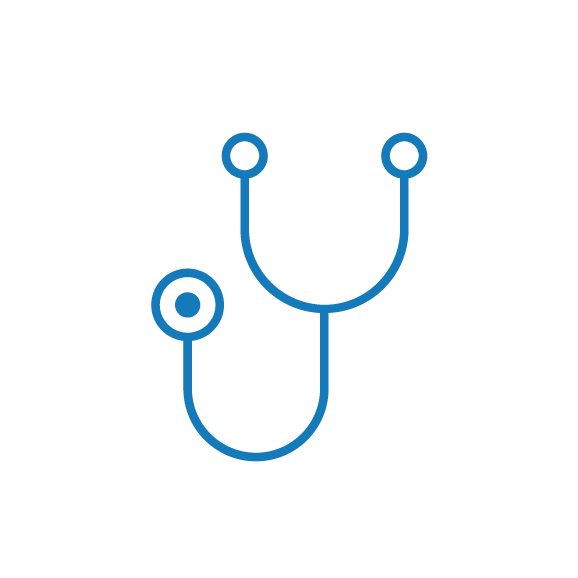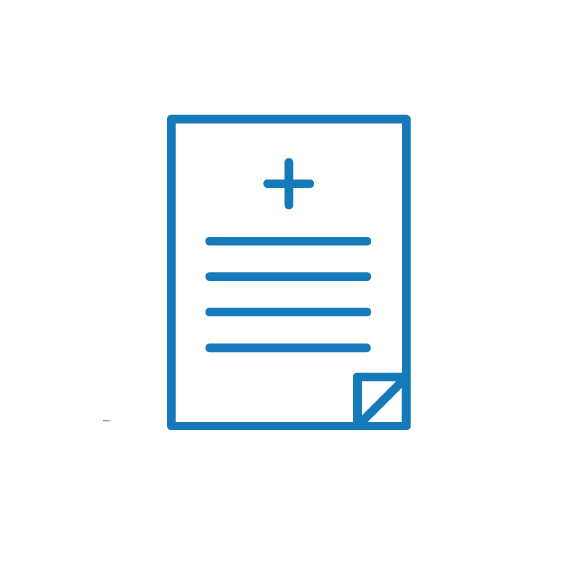How Erlanger Health System Improved Its AWV Completion Rate
Medicare Annual Wellness Visit (AWV) coverage allows practices to gather important information about their patients’ overall health. An AWV is not a typical physical exam as it involves assessments of safety at home and social and emotional risks.
To improve Erlanger Health System’s (EHS) AWV completion rate and deliver vital preventive care, the Erlanger Medical Group (EMG) quality team implemented an Annual Wellness Visit template and clinical education program, led by Kim Hullander LPN, CPC, MCO Quality Coordinator.
Hullander began this quality improvement process in 2018 by collaborating with a top Erlanger provider and an Epic Systems developer to build the required Medicare AWV questions, screenings and steps into Epic. The resulting template includes every step of the AWV process, as well as some hard stops that clinical staff can’t bypass easily. The process ensures that every AWV will be completed and documented correctly for all Medicare patients.
The EMG quality team is responsible for educating more than 25 EHS primary care practices on HCC coding, the Medicare AWV template, clinical training and quality measures gap closures. Below are some of the best practices EHS followed to improve its Medicare AWV completion rates and obtain appropriate reimbursements, while keeping patient satisfaction at the forefront.
Highlight the Benefits
The EMG quality team knew it would be a challenge to effectively align all clinicians at more than two dozen practices. The team started with those practices who were receptive to changes in their AWV process, focusing on showcasing the benefits of Medicare AWVs for patients and providers.
“There was a common misconception that wellness visits don’t have any real benefit for the patient,” Hullander says. “But once our practices realized how much information they can get within that one visit and the health issues they can address, it became a lot easier to get them on board.”
Hullander found that provider engagement naturally improves patient engagement. As practices started prioritizing AWV scheduling and clinicians followed the template and best practices, patients began to see the benefits of their yearly visit.
Conversation Over Interrogation
“When training clinical staff, the first focus is on how to ask required AWV questions in a compassionate, conversational manner,” Hullander states.
“Providers should not be sitting down asking questions like an interrogation. It makes patients feel like we don’t care—like we are just there for the data,” she says. To improve the patient experience, Hullander teaches clinical staff which questions are part of the AWV template and offers tips on how to prioritize “conversation over interrogation.” Her first rule: Always start with a greeting.
“We start our visit by asking how the patient is doing. Then, as we’re getting the patient’s height and weight, we start to ask required AWV questions, such as if they are having issues at home or are at risk of falling,” she explains.
Maximize Interactions
Erlanger’s AWV template and the EMG quality team education program help every member of the clinical staff maximize patient interactions, making visits as efficient as possible. For example, the clinician taking care of patient intake begins the patient’s cognitive screening by giving them three words to remember as soon as they get into a patient room.
Then the clinician continues the conversation, asking required questions about patient safety, caring for themselves at home and fall risk screening questions before turning back to the cognitive screening. This maximizes the patient’s and provider’s time while supplying Medicare with the answers required for an AWV.
Provide Ongoing Support
Hullander stresses that an AWV clinical education program involves more than a one-and-done training session. Continuing education for clinical staff, including everyone from nurses to doctors to front desk staff is essential.
Hullander audits all of EHS’ AWVs to ensure everything is completed and documented properly. When errors are identified, she uses them as an opportunity to help practices improve their process.
“The audit tells us where to target specific education for our practices, and it gives us better results,” she says.
The Ripple Effect
Since implementing the new template and education program in 2018, Erlanger has experienced a year-over-year increase in total Medicare AWVs. Erlanger’s performance includes an increase of more than 800 AWVs in 2020 as compared to 2019, despite pandemic-related challenges. In 2021, EHS nearly doubled their AWV completions with 10,581 compared to 5,991 in 2020. So far, EHS is on track to grow or maintain its AWV completions in 2022.
“When Kim visits practices they’ll get on board with the AWV approach, and then we’ll see a bump in the completion rate,” says John Benefield, Senior Data Health Analyst, Payor Relations. “You can see a ripple effect as she goes out and speaks to these practices, and it shows in our results as we track that over time.”
For tips and tools that can help your practice improve AWV completion rates, visit the VHAN Hub and download the Annual Wellness Visit toolkit.




